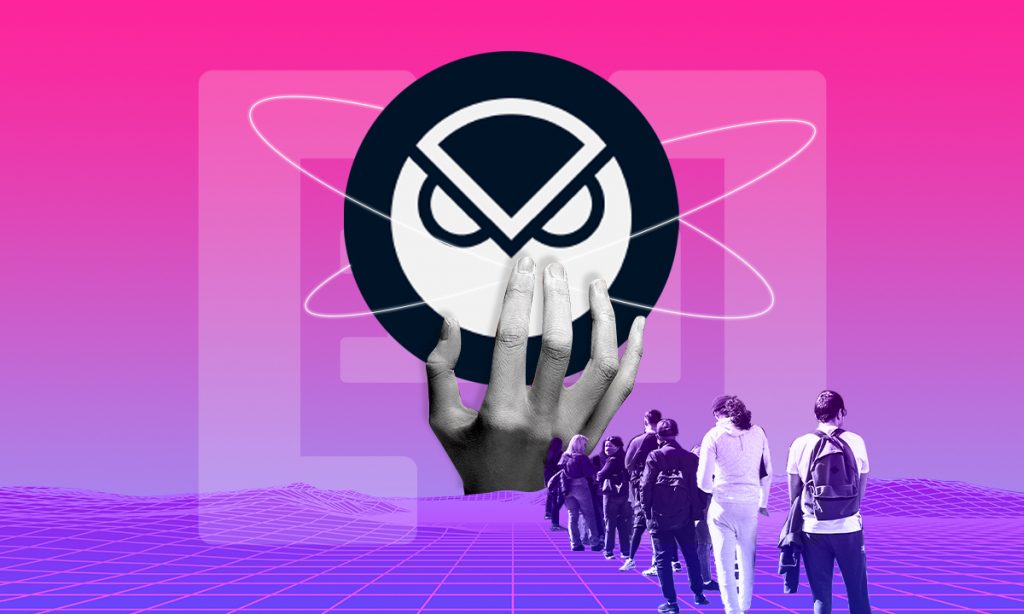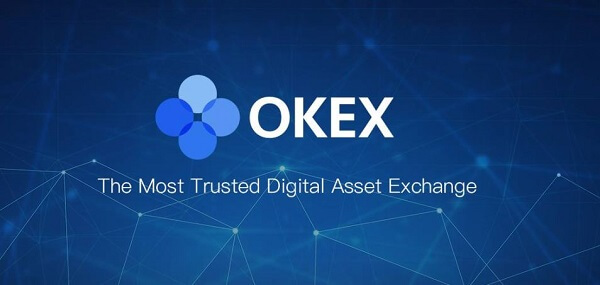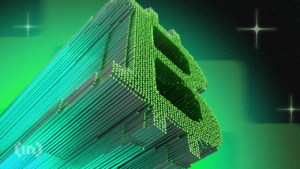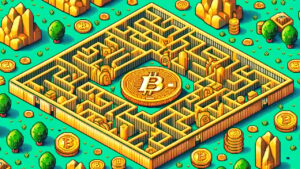DeFi Deep Dive — Gnosis, Building New Market Mechanisms for DeFi

Decentralized Finance (DeFi) focuses on righting the wrongs found in traditional finance. Gnosis is one of these trustless DeFi vanguards, delivering a comprehensive approach to Finance 2.0.
In this DeFi Deep Dive, we will delve into the details to explain Gnosis, its various projects, and how it is contributing to this new financial landscape.
What is Gnosis?
For those who lack a classical background in languages and Hellenistic philosophy, “gnosis” translates from Greek to “knowledge.”
The company Gnosis, or GNO, launched in April 2017 to develop decentralized, blockchain-based solutions to redefine markets.
Gnosis ICO raised $12.5 million from three investors: G2H2 Capital, Kenetic, and NON-fungible Chan. NoN-Fungible Chane is a Florida-based angel investor. It funded other popular projects such as Aave, Polkadot, Terra, and BitTorrent.
Kenetic is a Venture Capitalist firm based in Hong Kong. It specializes in digital assets. Meanwhile, G2H2 Capital is an investor in ICOs, based in New York. Gnosis itself is registered in Gibraltar, with Artem Vorotnikov as the Lead Core Developer under Dr. Friederike Ernst (COO).
Martin Köppelmann (CEO) and Stefan George (CTO) founded Gnosis in 2015, two years before receiving its significant ICO funding.
Gnosis originates from ConsenSys, the global Ethereum production platform. By being on the frontline of blockchain space, the Gnosis team was the first to launch Ethereum live applications in 2016.
What are Gnosis projects?
Much like the previously covered Komodo blockchain, the Gnosis team is focused on a DeFi future that connects different blockchain and digital assets. This is apparent from Gnosis’ three key projects:
1. Conditional tokens framework
Preparing for the future in which no single digital asset is dominant. Rather interchangeable, conditional tokens tackle prediction markets with high liquidity.
Application-agnostic, conditional tokens allow users to create simple markets based on the likelihood of an event. They also facilitate complex markets based on the likelihood that one event will affect another.
In a nutshell, conditional tokens allow asset trading within the framework of probability that either an event transpires or that it impacts other events.
You can see them in practice with the following projects: Omen, Alice, and Flying Carpet. Of the three, Omen allows you to create your own market based on an event prediction of your choosing.
2. Gnosis Protocol
Gnosis Protocol is a fully permissionless decentralized exchange (DEX) running on Ethereum.
This is the most important project, introducing several innovations, especially after the version two upgrade in April 2021. The first among them is the Coincidence of Wants (CoWs) to maximize DEX liquidity.
In fact, the DEX got its name after it — CowSwap (COWS). After going live in April, the novel DEX reached $230 million trading volume within the first three months.
Diving into the DEX
If you have been following DeFi space, you must be aware that the efficacy of a DEX depends on its popularity. After all, the underlying DEX principle is that liquidity providers stake, or lock-in, their assets into liquidity pools.
Then, those who wish to exchange tokens would tap into liquidity pools, giving liquidity providers a cut in the process. This cut is yield farming.
However, what happens if there are not enough liquidity pools with precisely those token pairs that traders want to exchange, borrow or lend?
When that happens, there is a liquidity crisis, stalling the entire market. CoW deals with this problem by running exchange settlements across all orders with a matching token price limit.
While Uniswap and other DEXes use AMM (automated market maker) or CLOB (Central Limit Order Book), Gnosis Protocol uses CoWs supplemented with batch token auctions.
The end effect is that both traders and liquidity providers receive better prices. As a result, CowSwap can be described as a meta DEX aggregator, similar to the 1inch protocol.
Moreover, the protocol is miner extractable value (MEV) resistant. Since miners rely on MEV to gain profit by arbitrarily re-ordering transaction blocks, it has been a point of contention for a long time, as noted by Vitalik Buterin, the co-founder of Ethereum himself.
V2 and ETH 2.0
Gnosis Protocol v2 upgrade in the form of batch auctions has made MEV less of an issue. Speaking of upgrades and Ethereum, the Gnosis team responded to BIC that ETH 2.0 should not have a major effect on Gnosis value proposition.
“The value proposition of Gnosis Protocol, minimizing MEV for users’ trades, still holds true in ETH 2.0. Additionally, we expect that because of the scalability brought by the upgrade, more value will be transacted in Ethereum: there will be more opportunities for bad actors to extract value from the users, and hence the need for a protocol that minimizes MEV for the users.”
3. Gnosis Safe
Gnosis Safe is an open-source contract wallet to safeguard and manage Ethereum’s ERC-20 tokens and ERC-721 NFTs.
Unlike standard blockchain wallets, it allows users to submit meta transactions or to gather the entire transaction history to Gnosis Safe. However, its key feature is modularity.
Those who are accustomed to using complex DeFi transactions can create custom logic to upgrade the wallet beyond its default logic for crypto asset management and multi-sig transactions.
The end goal of Gnosis Safe is to prepare for Ethereum’s multi-chain future, engulfing multiple EVM-based blockchains.
In it, Safe would serve as an account that offers advanced user control to manage a large sum of different digital assets without exposing a single point of failure.
Already fully audited, you can download this Ethereum-focused wallet here. Interestingly, it offers platform-agnostic integration with the most popular wallets such as MetaMask, Trezor, Ledger, and others.
Due to Gnosis Safe security and flexibility features, it experienced an explosion of popularity at the beginning of the year, receiving over $2.3 billion in ETH over one day.
What is GNO?
Like most DeFi protocols, Gnosis has its own native currency called GNO, an Ethereum ERC-20 token. In the ICO phase in 2017, about 5% of GNO tokens were sold to fund the project.
However, the Gnosis platform uses another token called OWL, making it a dual tokenomic system.
As with similar DeFi protocols, OWL tokens are earned by staking GNO. The latter has achieved explosive performance during the last six months, rising by 284% since January to a current level of $290.
It is clear that as Gnosis introduced more upgrades and partnerships, its price benefited tremendously. This March, Gnosis brought in another innovation called SafeSnap, allowing users to implement off-chain voting and save on gas fees.
What is next for Gnosis?
In April, Balancer (BAL) and Gnosis partnered to launch Balancer-Gnosis-Protocol (BGP). Balancer regularly visits top 10 DEXes utilizing automated market maker (AMM). At press time, its market cap is $191.2 million, with BAL token at $27.53.
The partnership had been set to unroll the new BGP platform in three stages. Thus, ending with the integration of Balancer V2 with Gnosis Protocol V2 in the BGP dApp.
Needless to say, CowSwap has a significantly lower trading volume than Balancer. Therefore this partnership will provide mutual benefits. Balancer receives better MEV protection, while Gnosis gets more flexible liquidity pools.
Ethereum will remain the home for Gnosis in the foreseeable future, with some major updates on the way.
“We are also researching how we can use L1 liquidity to settle trades happening on L2, which will definitely be a game-changer.”
In the meantime, CowSwap had offered an 80% discount on gas fees during the integration. Therefore, incentivizing users across the Ethereum ecosystem to find refuge from its exorbitantly high fees.
Although Gnosis Protocol’s market footprint is a long way from the likes of Uniswap, joining forces with Balancer may just be what it takes to gain ground in the ever-growing DeFi ecosystem.
Disclaimer
All the information contained on our website is published in good faith and for general information purposes only. Any action the reader takes upon the information found on our website is strictly at their own risk.















